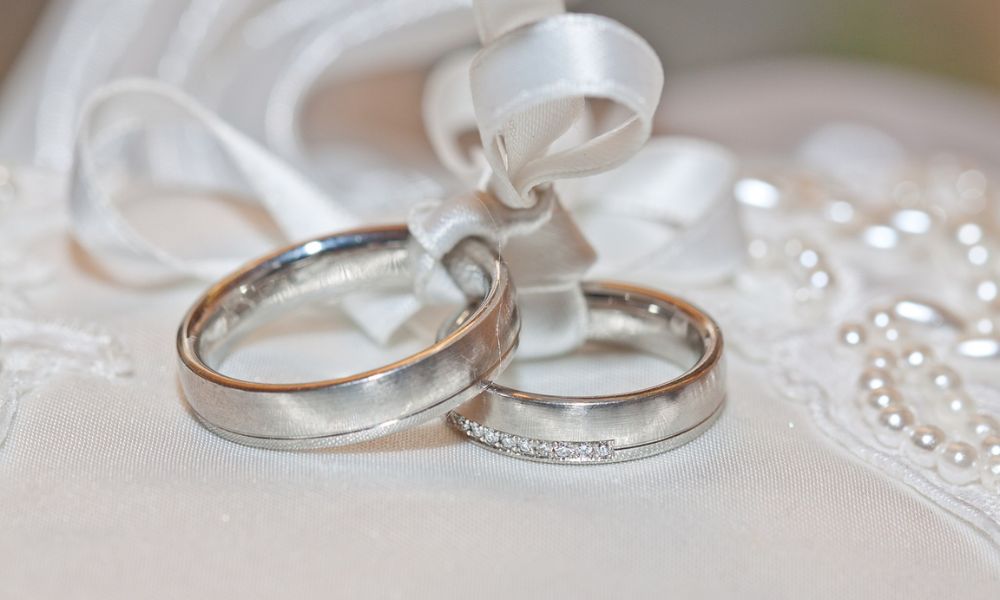
Sikh weddings, known as Anand Karaj, are a beautiful amalgamation of tradition, spirituality, and joyous celebrations. Rooted in the rich cultural heritage of Sikhism, these weddings are characterized by elaborate rituals and meaningful ceremonies that symbolize the union of two souls in the presence of the divine. In this comprehensive guide, we’ll delve into the intricate rituals and traditions that make Sikh weddings a truly special and memorable occasion.
Understanding Sikhism and its Values
Before diving into the specifics of Sikh weddings, it’s important to understand the core principles of Sikhism. Sikhism, founded by Guru Nanak Dev Ji in the 15th century, emphasizes equality, humility, and selfless service. The teachings of the Guru Granth Sahib, the holy scripture of Sikhism, guide the way of life for Sikhs and form the foundation of Sikh weddings.
Don’t Miss: Tips To Choose the Right Profile On An Online Matrimonial Service
The Pre-Wedding Rituals
Sikh weddings typically begin with a series of pre-wedding rituals that pave the way for the auspicious union. These rituals may vary based on regional customs and family traditions but often include the following:
- Roka: The formal announcement and acceptance of the marriage proposal by the families of the bride and groom.
- Kurmai: The engagement ceremony where the bride and groom exchange rings in the presence of their families.
- Chunni Chadana: The groom’s family presents the bride with a bridal outfit and gifts as a token of welcome into their family.
The Anand Karaj Ceremony
The centerpiece of a Sikh wedding is the Anand Karaj ceremony, which translates to “Blissful Union.” Held in the presence of the Guru Granth Sahib, the ceremony solemnizes the marriage vows between the bride and groom. Key elements of the Anand Karaj ceremony include:
- Milni: The meeting of the families of the bride and groom, symbolizing the union of two families.
- Laavan: The four sacred hymns from the Guru Granth Sahib that are recited during the marriage ceremony, signifying the stages of marital union.
- Palla: The groom’s scarf is tied to the bride’s pallu (veil), symbolizing their union and commitment to each other.
Post-Wedding Rituals
Following the Anand Karaj ceremony, Sikh weddings may include a variety of post-wedding rituals to celebrate the newlywed couple’s union. These rituals may include:
- Ardaas: A prayer of gratitude and blessings offered to the Guru Granth Sahib and the congregation.
- Langar: A communal meal served to all guests, symbolizing equality and unity.
- Doli: The departure of the bride from her parental home to her husband’s home, accompanied by blessings and well-wishes from family and friends.
Significance of Sikh Wedding Symbols
Sikh weddings are adorned with various symbols and traditions that hold deep spiritual significance. Some of the key symbols include:
- The Guru Granth Sahib: The holy scripture of Sikhism, which presides over the wedding ceremony as the eternal Guru.
- The Kirpan: A ceremonial sword carried by the groom as a symbol of courage and readiness to defend righteousness.
- The Gurdwara: The Sikh place of worship where the Anand Karaj ceremony takes place, symbolizing the divine presence during the wedding.
The Blessings Matrimonials
The Blessings Matrimonials, a distinguished marriage bureau in South Delhi, stands as a beacon of hope and trust for individuals seeking their life partners. With a deep understanding of cultural nuances and personal preferences, they offer bespoke matchmaking services tailored to each client’s unique needs. Their dedicated team ensures meticulous attention to detail, from arranging meetings to conducting background checks, to ensure compatibility and happiness in every union. With a commitment to integrity and empathy, The Blessings Matrimonials guides clients on the journey of finding lifelong companionship, transforming dreams into cherished realities with every successful match.
Wrapping Up
Sikh weddings embody the essence of tradition, spirituality, and celebration, creating a tapestry of love and devotion. Rooted in the profound teachings of Sikhism, these weddings reflect the values of equality, humility, and selfless service. With elaborate rituals and meaningful ceremonies, Sikh weddings symbolize the sacred union of two souls in the divine presence. From pre-wedding rituals to the Anand Karaj ceremony and beyond, each aspect is steeped in significance and reverence. By understanding and embracing the rich traditions of Sikh weddings, we gain a deeper appreciation for the sanctity and beauty of these cherished occasions.
Don’t Miss: 5 Things to Expect in Fat Indian Weddings